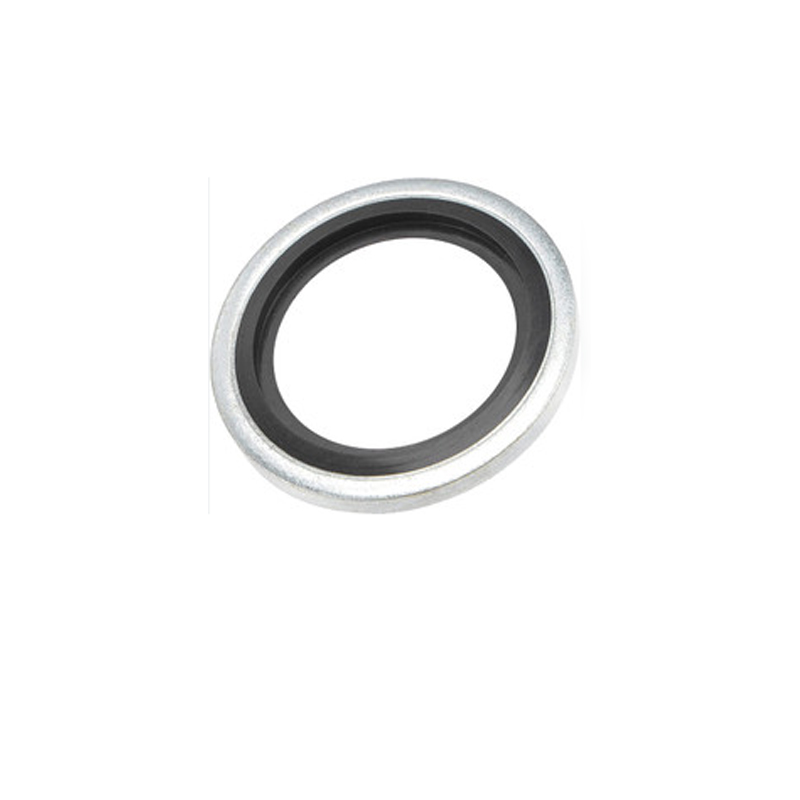Understanding the Importance of Oil Seal Rubber in Mechanical Applications and Maintenance Practices
The Importance of Oil Seal Rubber in Modern Engineering
In the world of mechanical engineering, the significance of various components cannot be overstated, and one such critical element is oil seal rubber. Oil seals are essential for the effective functioning of machines and engines, preventing the leakage of lubricating oil and ensuring the integrity of mechanical systems. This article delves into the importance of oil seal rubber, its types, applications, and the advancements that have taken place in this field.
What is Oil Seal Rubber?
Oil seal rubber is a specialized type of elastomer designed to fit snugly and provide a barrier between rotating and non-rotating components of machinery. The primary purpose of oil seals is to contain lubricants and prevent contaminants such as dirt, dust, or water from entering sensitive areas of machinery. These seals are crucial for maintaining lubrication, which is vital for reducing friction and wear, thereby enhancing the lifespan of mechanical components.
Types of Oil Seal Rubber
The various types of oil seal rubber can be categorized based on their material composition and design
1. Nitrile Rubber (NBR) Known for its excellent oil resistance and durability, nitrile rubber is the most commonly used material for oil seals. It is ideal for environments where exposure to petroleum-based oils is prevalent.
2. Fluoroelastomer (FKM) This is a high-performance rubber known for its resistance to high temperatures and chemicals. Fluoroelastomers are often used in specialized applications, such as automotive and aerospace, where higher performance is critical.
3. Silicone Rubber Though not as oil-resistant as NBR, silicone rubber offers better temperature stability and resistance to aging. It is commonly used in applications where both heat and cold extremes are encountered.
oil seal rubber

4. Polyurethane Known for its excellent wear resistance and elasticity, polyurethane seals are often employed in applications that require high resilience and durability.
Applications of Oil Seal Rubber
Oil seal rubber is used across various industries, including automotive, aerospace, electronics, and heavy machinery. In the automotive sector, oil seals play a vital role in engines, transmissions, and differentials, preventing oil leaks that could lead to severe performance issues or even failure of the engine. In aerospace applications, these seals are crucial for maintaining the integrity of pumps and hydraulic systems, ensuring safety and reliability under extreme conditions.
In manufacturing and industrial machinery, oil seals are integral in hydraulic cylinders, allowing for smooth operation and preventing contamination. The food and beverage industry also utilizes oil seals made of food-grade materials to prevent contamination while ensuring efficiency.
Recent Advancements in Oil Seal Technologies
The field of oil seal rubber has seen significant advancements in materials and technology. The development of synthetic rubber compounds with enhanced properties has led to the creation of seals that can withstand higher temperatures, pressures, and aggressive chemicals. Additionally, advancements in manufacturing techniques, such as precision molding and automated production processes, have resulted in better quality and uniformity of oil seals.
Moreover, researchers are exploring nanotechnology to enhance the performance of oil seal rubber, making them more durable and resistant to wear and tear. The integration of smart materials that can provide real-time feedback on seal conditions is also a potential area of growth, allowing for predictive maintenance and reducing downtime in critical applications.
Conclusion
In conclusion, oil seal rubber is an indispensable component in modern engineering. Its ability to prevent leakage and contamination plays a vital role in maintaining the efficiency and longevity of mechanical systems across various industries. As advancements in material science and engineering continue to evolve, oil seals will undoubtedly become even more effective, ensuring that machinery operates smoothly and reliably in a wide array of applications.
-
Your Essential Guide to Car Repair Kits: From Rust to Dings
News Jun.13,2025
-
Understanding Vital Engine Seals: Key Gaskets in Diesel and Performance Engines
News Jun.13,2025
-
The Vital Role of Bearings in Marine and Boating Applications
News Jun.13,2025
-
Sealing the System: A Complete Guide to Engine Oil Gaskets
News Jun.13,2025
-
Sealing the Foundation: A Complete Guide to Engine and Transmission Pan Gaskets
News Jun.13,2025
-
Essential Bearings and Hubs for Marine Vessels and Trailers
News Jun.13,2025
-
Your Complete Guide to Automotive Oil Drain Plugs and Valves
News Jun.12,2025
Products categories















